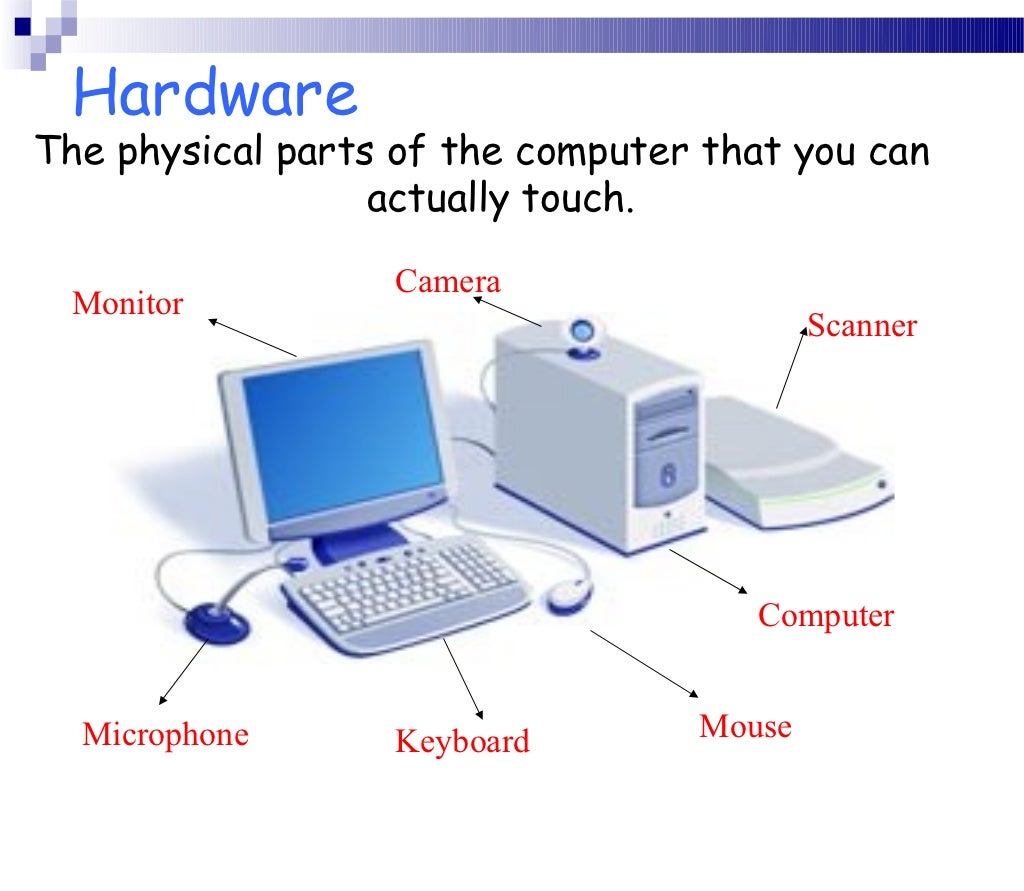In today's fast-paced tech landscape, following the newest advancements can come at a steep cost. Still, knowledgeable tech enthusiasts and budget-conscious consumers are discovering a world of opportunities in extra computer components. Whether you’re designing a new rig from scratch, improving an existing setup, or simply in search of replacement parts, buying surplus can stretch your tech budget without compromising quality.
This guide will support you understand the occasionally overwhelming market of surplus computer parts. Starting with understanding what to look for in a used motherboard to ensuring the reliability of surplus RAM, our comprehensive tips and insights will empower you to make informed decisions. We will look into how to spot genuine components, find great deals, and ultimately build the highest quality system possible without going over budget. We will dive into the comprehensive guide to buying surplus computer parts and uncover how to unlock incredible value in your tech journey.
Acquiring Extra Computer Items: A Thorough Guide
Regarding stretching your digital financial resources, purchasing extra computer parts can be a key move. Such items often provide excellent quality, allowing you to improve or build machines without breaking the bank. Nonetheless, navigating the excess market requires expertise and a keen insight for quality. Familiarizing yourself with what to search for in these parts can mean the distinction between a smart purchase and a costly error.
One of the first actions in buying surplus computer parts is to get acquainted with the types and conditions of parts available. From mainboards and processors to RAM and power supplies, it's important to know the requirements you require is essential. Review reviews and functionality metrics to make sure you're picking parts that will interact well effectively. Investigating labels known for dependability can also help you make informed decisions.
Another important factor of purchasing excess parts is checking their quality. Always check about the usage history and protection plan, if present. Seek out detailed photos and descriptions of the parts to spot any noticeable signs of use. If visit this page , examining the components in person before finalizing a purchase can provide additional reassurance and help make sure you are receiving the best worth for your money.
Key Considerations When Selecting Used Components
When shopping for pre-owned computer components, the primary consideration should be the vendor. Reliable vendors typically provide a warranty or refund policy, which provides peace of mind in case the part does not perform as expected. Look for established sellers with positive reviews or endorsements from other technology fans. Additionally, consider checking https://lykke-ochoa-3.technetbloggers.de/excess-tech-parts-your-latest-favorite-pastime and local shops known for dealing in excess parts. This can help ensure that you are getting reliable components that are less likely to be fake or faulty.
It's also important to inspect the physical condition of the components before making a purchase. Check for any evidence of wear, such as oxidation, corrosion, or physical damage. For parts like graphics cards and mainboards, look for any capacitors that may be protruding or leaking. Testing functionality, if possible, is an excellent way to ensure the component works correctly. If you are unable to evaluate the item on-site, inquire the seller about their testing process and how they guarantee the functionality of their used parts.
Lastly, fit must be thoroughly assessed before committing to a purchase. Ensure that the used parts you are interested in are suitable for your existing setup in terms of fit with the mainboard, power supply, and other components. Investigate specifications and seek out user feedback to understand potential issues with integration. This thoughtful approach will help in avoiding pitfalls misconfiguration, ensuring that you optimize the performance and worth of your tech investment.
Assessing and Checking Unused Electronic Components

While acquiring surplus computer parts, it's essential to validate that the parts you purchase are operational and dependable. Commence by visually examining each part for signs of deterioration, corrosion, or wear. Check for misaligned contacts on CPUs, fading on circuit boards, and any visible irregularities that may suggest prior damage. A detailed inspection can help you prevent potential issues down the track.
Once you completed analyzed the outward state, it's time to evaluate the components if possible. For surplus computers as graphics cards, mainboards, and power supplies, use testing equipment and programs to monitor their capabilities. Executing stress tests can show how the components handle protracted use and their thermal capacities. Any irregularities during these evaluations can notify you to potential failures, permitting you to make well-considered judgments.
In conclusion, verifying the fit of unused components with your current system is essential. Check requirements and do detailed study on part suitability, especially for motherboards and CPUs, as they have specific requirements regarding interfaces and compatible RAM variations. Identifying what you want and confirming that each excess part works harmoniously with your configuration will aid you dodge headaches and optimize your technology spending efficiently.
